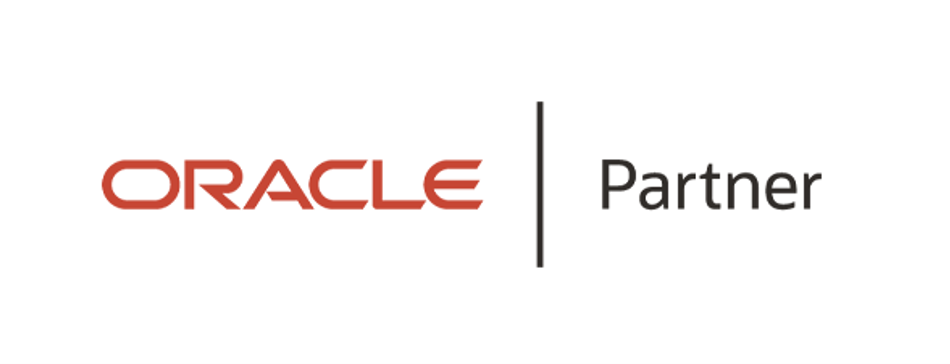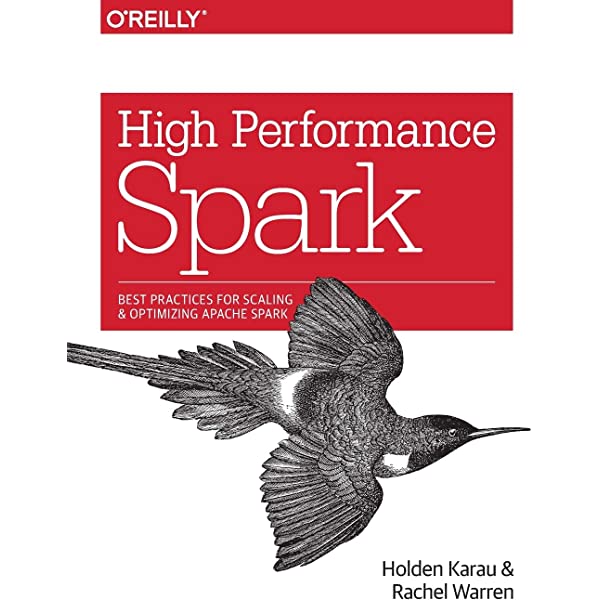
Caddy's lightweight modern web server is ideal for both serving static and dynamic website. It is an open-source web server that runs on Linux macOS Windows BSD.
It supports HTTP/2 and experimental HTTP/3, and is built with security in mind. It's also designed to be scalable, and use as little state as possible.
Besides supporting HTTPS automatically, Caddy also comes with a variety of features that make it more flexible and easier to use than Apache or Nginx. This includes a web interface for managing sites, a module architecture, and the support of multiple sites on the same host.
The configuration file can be easily edited by humans and is extensible via plugins. Caddy is easily customizable and can be enhanced to meet your needs.
Windows also offers graceful config updates. These updates are saved locally to disk and can be applied even after a reboot.

Caddy rotates logs automatically (after 100MiB) so that it doesn't take up space on your hard drive.
Caddy's web server is written in Go and offers more memory safety than C servers.
Moreover, it's able to serve multiple sites simultaneously on the same port using its multiplexing feature. It also supports automatic renewal and multiple SSL certificates.
It supports multiple languages and frameworks. It can be extended with a plug-in system that implements long-running services and web standards.
Caddy can therefore be built to fit your specific needs and installed on different systems. It's compatible both with containerized and noncontainerized servers.
Caddy's command interface is extensible with a RESTful JSON API that lets you configure it from any application, and its built-in cron scheduler allows you to automate updates. This makes it ideal for deploying servers on cloud platforms and other high-volume deployments.

Caddy is not open-source and, although it's flexible and versatile, may not be appropriate for commercial applications. Nonetheless, it is an excellent choice for hosting a website or a blog.
Installation
Installing Caddy involves installing a server binary locally and configuring the program to automatically start at boot. This includes changing ownership and rights so that only the user root can view and modify files from the folder where you want Caddy to run.
You will need to have a valid IP address and domain name before you can run the server. Create a read-write access token for your account on DigitalOcean.
You can then go to the GitHub site and download the binary static for your platform. To install and start Caddy, follow the instructions found on the website. When you are ready, execute the server command on a terminal.
FAQ
Is it more likely to be hired as a web developer if I have a good portfolio?
Yes. You must have a portfolio to be considered for a job in web development or design. Portfolios must showcase your skills and experiences.
A portfolio typically includes samples from your past projects. You can include anything that demonstrates your skills. Portfolios should contain everything, from wireframes, mockups, logos and brochures to websites, apps, and websites.
Can I make my website using HTML and CSS?
Yes! If you've been following along so far, you should now understand how to start creating a website.
You now know how to build a website structure. Now you need to learn HTML and CSS coding.
HTML stands for HyperText Markup Language. Think of it like writing a recipe for a dish. It would include ingredients, instructions, as well as directions. HTML also tells a computer what parts of text should be bolded, underlined or italicized. It is the language of documents.
CSS stands for Cascading Stylesheets. This is a stylesheet for recipes. Instead of listing all ingredients and instructions, you simply write down the basic rules for things such as font sizes, colors or spacing.
HTML tells the browser how to format a web page; CSS tells it how to do it.
If you don't understand either of those terms, don't fret. Follow these tutorials, and you'll soon have beautiful websites.
What Should I Add to My Portfolio?
These things should make up your portfolio.
-
You can also see examples of your previous work.
-
Link to your website (if possible).
-
Links to your blog.
-
Here are some links to social media pages.
-
You can also find links to other designers' portfolios online.
-
Any awards you've received.
-
References.
-
Get samples of your works.
-
Here are some links that will show you how to communicate with your clients.
-
These links show that you are open to learning new technologies.
-
These are links that show your flexibility
-
Links that show your personality
-
Videos showing your skills.
What is responsive web design?
Responsive Web Design is a method of designing responsive websites. It allows content to display on all devices (desktop computers, tablets and smartphones), so that it can be viewed easily on any device. This allows users the ability to view a website simultaneously on different devices and still have access to other features like navigation menus, buttons, and so forth. RWD's goal is to ensure that users view the exact same version of a website on every screen size.
Consider, for instance, that you're building a website for an eCommerce company and your products are sold primarily online. It is important to ensure that your website can be accessed on any device, including a smartphone.
A responsive site will adapt to the device used to view it. The site will display exactly the same way on a laptop as if it were viewed on a desktop computer. It will look different if you view the page from your phone.
This allows you to create one website that works on all devices.
Statistics
- It's estimated that chatbots could reduce this by 30%. Gone are the days when chatbots were mere gimmicks – now, they're becoming ever more essential to customer-facing services. (websitebuilderexpert.com)
- The average website user will read about 20% of the text on any given page, so it's crucial to entice them with an appropriate vibe. (websitebuilderexpert.com)
- It's estimated that in 2022, over 2.14 billion people will purchase goods and services online. (wix.com)
- It enables you to sell your music directly on your website and keep 100% of the profits. (wix.com)
- Did you know videos can boost organic search traffic to your website by 157%? (wix.com)
External Links
How To
How to become a web designer?
A website is more than just HTML code. It is an interactive platform that allows users to communicate and delivers valuable content.
Websites are not just for information delivery; they can also be portals to your business. It should allow customers to quickly find what they need, while also showing how you want them interact with your business.
The best websites allow visitors to do exactly what they came to do--find what they're looking for and then leave.
To achieve this goal, you will need to develop technical skills as well as design aesthetics. You'll need to learn HTML5 coding and CSS3 styling as well as the latest developments in JavaScript.
InDesign, Photoshop and Illustrator are all tools that can be used to create and edit websites. You will also need to create your style manual, which covers everything from fonts to colors and layout.
You can learn more about web design by looking at articles, enrolling in college courses or reading online courses.
Although your degree may take months, or even years, once you earn it you will be ready for the workforce.
Don't forget to practice! It will be easier to create great websites the more you learn how to design.